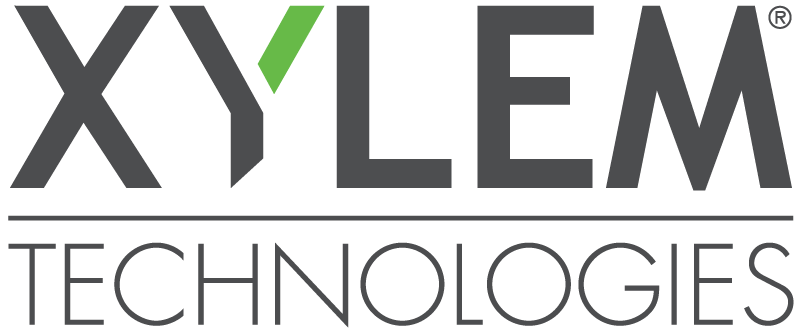Efficient Building Design Model Generation and Evaluation: The SEMERGY Approach
The discordance of the available Building Performance Evaluation Tools with the capabilities and expectations of the design community and complexities related to data availability and accessibility are among the most important technical barriers against sufficient adoption of such tools to support and guide design decisions. On the other hand, the complexity of the design problem, a consequence of the large number of variables and options involved (e.g., financial, environmental, technical, and legal factors) calls for more effective approaches towards sustainable design optimization. The SEMERGY project seeks to overcome such technical challenges through development of a user-friendly design optimization environment, tailored to suit the specific requirements and skills of the novice and professionaldesign community. The key feature of the SEMERGY environment is the incorporation of semantic web technology toward efficient search for and compilation of input information required for comprehensive analysis and evaluation of candidate design options supported by multi‐objective decision support methods.
The present contribution briefly presents the underlying concept of the SEMERGY environment. It particularly focuses on SEMERGY’s beta release, designed for optimization of retrofit projects in view of potential construction options. The current release accommodates requirements of novice user through a simplified web-based Graphical User Interface, the workflow of which is presented and discussed in detail.
From Ghiassi, U. Pont,A. Mahdavi, J. Heurix, S. Fenz: „Efficient building design model generation and evaluation: The SEMERGY Approach„; in:“Proceedings of the 30th International PLEA Conference – Sustainable Habitat for developing Societies – Choosing the way forward„, (2014).
„Despite the advances in the development of Building Performance Evaluation (BPE) tools over the past decades, the adoption of such tools to support and guide design decisions has been relatively slow and their implementation mostly limited to certification purposes (Hensen et al. 2004, Pang et al. 2012). Most important stated technical barriers against adoption of such tools for sustainable planning and informed decision making are discordance of the available tools with the capabilities and expectations of the design community (Attia 2011), and complexities related to data availability and accessibility, which render the process of data provision for BPE applications cumbersome, error prone and time consuming (Mahdavi & El-Bellahy 2005). The SEMERGY project is an ongoing effort to facilitate the integration of performance assessment methods in the building design process to support sustainable design decisions. Identification of different design alternatives through a performance guided process is hampered by the complexity of the problem, a consequence of the large number of variables and options involved (e.g., financial, environmental, technical, and legal factors). „Manual“ approaches toward identification of optimal solutions (mainly by trial and error) are time-consuming, expensive, and inconclusive. Hence, more effective approaches to optimization operations are being pursued, involving optimization platforms and associated automated procedures (Coffey 2008). SEMERGY explores developmental opportunities toward effective evaluation environments for comparative assessment of alternative design and retrofit options (Mahdavi et al. 2012a). The missing link between users‘ simplified component representations (e.g., „external wall“, „window“) and complex specifications of real world products makes the efficient generation of building performance assessment models very difficult. In other words, it remains the task of end-users to map such simple notions of building components to appropriate real-world products that meet calculation procedures‘ informational requirements. The key contribution of the SEMERGY project is the demonstration of the potential of semantic web technologies toward populating the input data for building performance simulation models via the navigation of the extensive but currently ill-structured web-based information space. Currently, SEMERGY is focused (as proof of concept) on the scattered pool of building product and material data. However, data pertaining to building systems (e.g. heating and cooling systems, active solar components), as well as resources and documents concerning procedural, climatic, and financial (e.g. public funding) information that could be of value to designers and decision makers, can be processed and utilized in the same fashion (Mahdavi et al. 2012a, 2012b).“
„To accomplish this task, the SEMERGY system deploys two main strategies. First, information regarding building materials, elements, and components are obtained from various resources of the web environment. This information is preprocessed, restructured and augmented to meet the informational requirements of the integrated performance evaluation procedures. Using this reorganized and enriched repository, SEMERGY identifies design alternatives through a rule-based procedure. These potential alternatives are checked against building codes (pertaining, for example, to maximum allowed U- values). Thus, the corpus of possible permutations of the initial design could be efficiently reduced to a computationally reasonable size. Once the ordered set of feasible alternatives is constructed, it is made subject to a comprehensive evaluation process. Thereby, normative demand calculations, environmental impact assessment and cost estimation procedures are deployed. Upon completion of the assessment of the alternative designs, a collection of the best performing solutions is generated and presented to the user. In summary, the SEMERGY system has links for i) user interaction (user interface), ii) applications and computational engines (reasoning interface), and iii) sources of information (semantic interface). The user interaction link is intended to involve both simple web-based templates for novice users and advanced building information models for professionals. The beta version of the web-based interface has been released and is openly accessible (SEMERGY 2014). The application link supports data exchange between the system and multiple analysis tools pertaining to energy calculation, lifecycle analysis, financial payback assessment, and optimization. The information link, which is the critical ingredient of the proposed architecture, is supported by Semantic Web Technology (Mahdavi et al. 2012a).“
